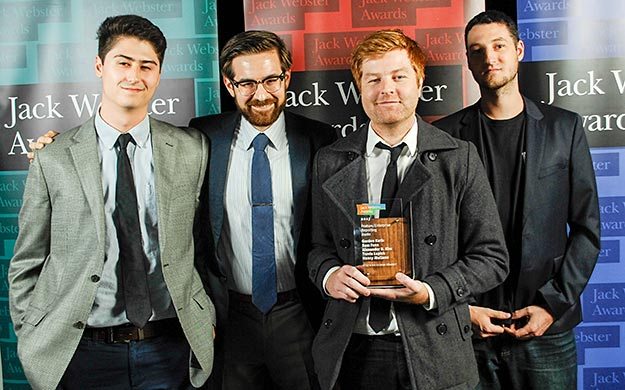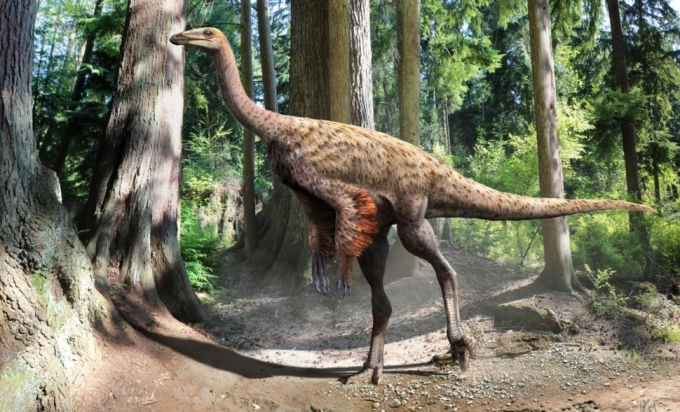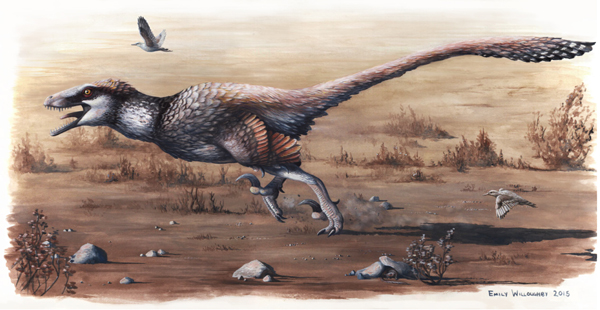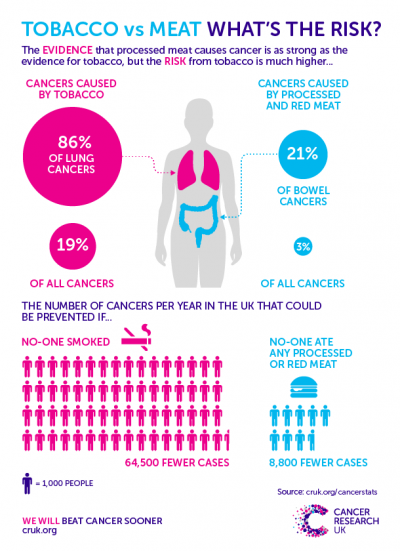It’s been a long time since I updated this blog that I once truly cherished. I intend to get back to sharing my thoughts on the latest and greatest in science, but the last year I have found myself pulled in many other directions.
One of these directions is toward science advocacy, and science policy. I was given the opportunity last year to be a founding member of the Vancouver branch of Future of Research. Future of Research were founded in 2014 by a group of young scientists in Boston (USA), who were alarmed by what they saw as a critically unsustainable research environment. Funding system only reward already successful researchers; there is a complete lack of launching grants to help new professors reach this position; and once young scientists fail to secure grants and are pushed out of universities, no organised career training to help them find alternative career paths where they can put their signifiant (taxpayer subsidised) educations to good use.
We risk losing a generation of our best and brightest, and our best hopes of tackling the 21st century’s significant problems along with it.
The following is an excerpt from an upcoming research paper which we at Future of Research Vancouver have submitted for publication in the journal F1000research. Once published, we hope to launch an advocacy campaign to help show university and government bodies that what we are proposing is not only essential for the future of Canada’s research environment, but could usher in a new age of innovation.
Canada stand ready to be leaders in 21st century science, if only we have the determination to say so.
Shaping the Future of Research: a perspective from Early Career Researchers in Vancouver, Canada
The Future of Research Vancouver Symposium (FoRV2017) was held on February 20th, 2017, following increasing concern by members of the local academic community that the voices of junior researchers were not being considered in discussions around the future of funding and training structures in Canadian research.
In laboratories and offices across Canada today, the majority of research is undertaken by early career researchers (ECRs), namely graduate students and postdoctoral fellows (PDFs). ECRs design and execute experiments, collect data, write papers, and are often solely responsible for supervising more junior team members. As such, ECRs play a core role in Canada’s science, technology and health sectors.
However, the Canadian research landscape now presents significant challenges to ECRS:
- Numbers of PhDs awarded annually by Canadian universities are growing, and the increasing length of PDFs’ tenures. However, the number of junior faculty positions available at Canadian universities has shrunk.
- Canadian ECRs are told to seek alternative career paths, but report high levels of dissatisfaction with the career development and professional training available to them.
- A lack of “staff scientist” or stable mid-career options make academic employment undesirable, and result in lab management problems including institutional knowledge loss, and a dearth of supervision and support.
- Wages for Canadian ECRs are not internationally competitive, which is exacerbated in BC by Vancouver’s high cost of living, and many ECRs do not receive basic employment benefits available to other working residents.
- ECRs report high levels of symptoms of mental illness.
Recent announcements regarding increases to the Canadian research councils’ budgets offer promises that “rising tides will raise all ships”, but few details have been offered on actual plans to improve opportunities for ECRs.
In order to effect change, junior researchers must identify the multifaceted challenges they face, and confront the role that academia, government, and industry play in them. As such, the opening session of FoRV2017 consisted of talks and panel discussions from local members of the scientific community, including industry and academic leaders, who have been vocal regarding ECR issues and the sustainability of Canadian science. This was followed by workshops aimed at discussing the issues that had been raised, and prompt potential solutions from attendees. Workshops focussed on 4 core topics: how trainees could be better prepared for careers in science; how sustainable, secure career pathways could be created for ECRs; how funding of research in Canada could be structured to balance basic research, knowledge translation, and training of ECRs; and how scientists and institutions could be better incentivised for behaviours that support the future of Canadian science.
Based on the responses from attendees, and further literature review and discussion among organisers, we endorse the following recommendations:
- Improve ECR-targeted funding, including grants which provide operating costs for ECRs transitioning from a PDF to junior faculty position, and recognising ECRs contributions to grants awarded to their supervising professors.
- Develop guidelines for mentorship and training, such as professional development programs, and tools to help supervising professors provide high-quality mentorship, including incentivising them to allow ECRs to seek training outside the professor-ECR relationship.
- Bridge gaps between academia and alternative career paths, such as through partnered research with private industry, and internships with non-academic groups.
If the future of Canadian research lies in its junior researchers, then strategies must be laid out for how universities, government, and the knowledge-intensive industries can better nurture our ECRs. Recent grassroots campaigns, such as #SupportTheReport to encourage the Canadian government to take up the recommendations of the Fundamental Science Review, have shown that effective change is possible. Canadian ECRs must be ready to stake their claims in their future, and we hope that meetings such as FoRV2017 are only the beginning.
Until next time
– J









